A Biennial Flight Review is the Perfect Time to Get Your Seaplane Rating
As Managing Editor of Pilot Getaways magazine and Editor of Idaho Aviation Association’s The Flyline, I see it over and over again—people just love seaplanes and float planes. Each time I post a gorgeous shot of a floatplane in Alaska, Montana, or Florida on one of the Facebook pages I administer, the “people reached” number goes through the roof. Why? It’s a combination of factors you don’t get anywhere else in aviation: you get to fly a small airplane onto a body of water, usually in a spectacular setting.
There’s no runway so the perception is that the pilot has more freedom than usual and can land anywhere. Mostly, it just looks like so much fun!
It is fun, although not quite as carefree as the photos make is seem, but that’s true of any aviation endeavor. So next time you need a BFR (biennial flight review), why not shake things up a bit and go for a seaplane rating? You’ll improve your flying skills in ways that transfer to land-based aircraft, you’ll get a little vacation, and you’ll have some of the most fun you’ve ever had in an airplane. And when you’re done, you’ll not only have a new rating but also that BFR signed off for another two years.
A seaplane rating is not initial training. At a minimum, you should have your private pilot certificate and a current medical before you begin seaplane training. It helps to have some hours and experience under your belt and be current with your flight skills. Float flying isn’t cheap, so to keep costs down, the flight schools do their best to get your training covered in as few hours as possible. If you have to spend a couple of days just knocking off the rust, you may not be able to learn the new skills required and may blow your checkride, or, at the very least, need to schedule additional days at additional cost.
In general terms, you will begin with some ground school, then go out and familiarize yourself with the aircraft and the parts and techniques unique to floatplanes: water rudders, the floats themselves, preflight procedures, casting off, and so forth. Next, you’ll go into the air and do some turns, stalls, and maneuvers, so you can get comfortable with the aircraft. Other lessons will focus on how to read the water from the air, wind patterns, emergency procedures, approach planning, control coordination, and takeoffs and landings. Then you’ll work on step taxiing and takeoffs and landings from glassy water, rough water, and confined areas. Other skills you’ll learn are how to “sail” backward to shore using the wind, beaching, securing, and docking. When your instructor feels that you’re ready, you’ll be recommended for your check ride with the DPE.
With any new skill, especially something like flying where you are performing multiple physical and mental tasks at once, plus dealing with the outside environment and a plane that weighs well over a thousand pounds, there can be times where you might feel like you’re trying to drink from a firehose. It helps enormously to do some work at home before you begin. For instance: learn how to tie proper knots! You will need to demonstrate that you can tie the airplane up to the dock, so, rather than fumbling around under pressure, learn that at home. Here’s another tip: before you begin, buy the FAA book Seaplane, Skiplane, and Float/Ski Equipped Helicopter Operations Handbook, FAA Publication FAA-H-8083-23, available through Amazon. This slim volume has all book learning you need to learn to get your rating. Study this and you’ll be way ahead before you even begin your first lesson.
Great Places to Earn a Seaplane Rating
So if you’ve decided to go for it, which flight school should you choose? You may have to travel a bit to get to a seaplane flight school. But that’s part of the adventure. Obviously, a float school is going to be located near water (I use the words “float” and “seaplane” interchangeably with regard to ratings and schools) so you might think you’re out of luck if you live in Oklahoma.
But no—Grand Seaplanes, LLC, can teach you how to fly a seaplane at Grand Lake. They use a Lake Amphibian, so if you want to learn how to fly a flying boat, this is a great place to do that.
(Photo courtesy Grand Seaplanes, LLC)
Their beautiful Lake Amphib is equipped with a WAAS-certified Garmin 430, so if you want more advanced IFR training, you can do that here at the same time you earn your seaplane rating.
(Photo courtesy Grand Seaplanes, LLC)
Their online resources include the FAA Seaplane Handbook, training syllabus, aircraft flight manual, checklists, weight & balance, FAA Practical Test Standards (PTS) and some photos.
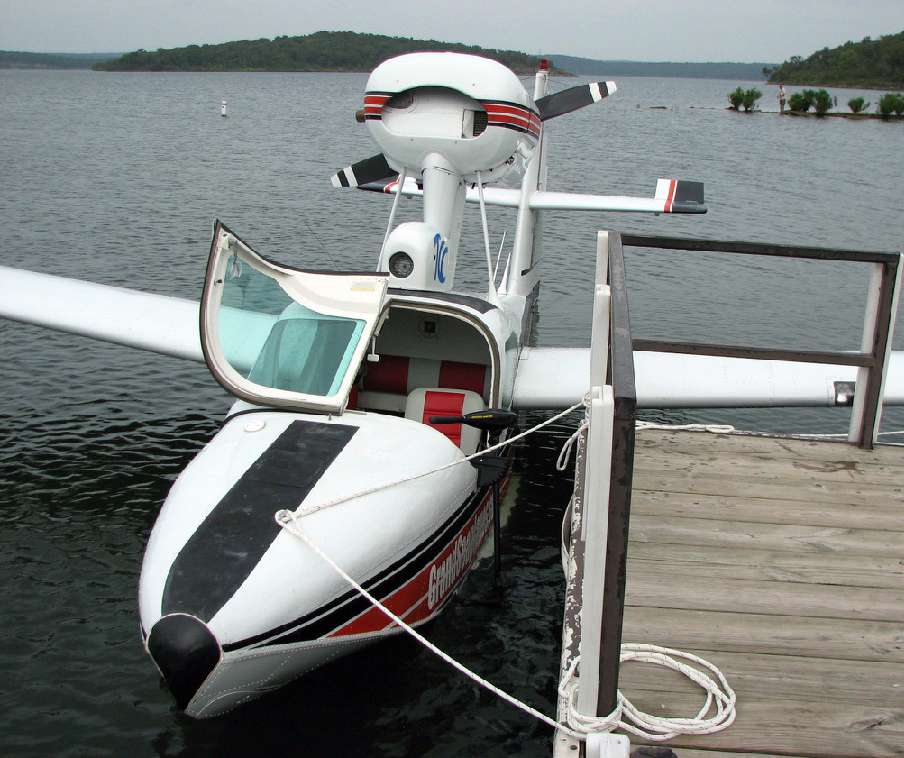
(Photo courtesy Grand Seaplanes, LLC)
Owner/Instructor Steve Robinson, with 40 years of flying experience, is a United Airlines Airbus Captain with over 26,000 logged hours and 5,500 hours of dual instruction. Most students go for their 3-day, 8-hour program at Grand Lake, $2,460; DPE Dr. Larry Lay’s examiner fee is $350. Room and board is available at their cabin on Drowning Creek, $95 per day (spouse is free, and you’ll enjoy great home-cooking). You can fly in to Grove Airport (GMJ). If you airline to Tulsa they’ll pick you up in the airplane and you’ll begin your training on the way back to Grand Lake, 918-289-3940, www.GrandSeaplanes.com
(Photo courtesy Grand Seaplanes, LLC)
Want a real adventure, and mountain flying instruction thrown in, with your seaplane rating? Then head to Alaska, where float flying is a way of life.
(Photo courtesy of Joe Erickson)
Alaska Float Ratings is based in Moose Pass, about 23 nm north of Seward and about 46 nm southeast of Anchorage. Vern Kingsford, owner of Alaska Float Ratings and DPE, has been flying for 51 years. Past students include legendary Alaskan bush pilot Paul Claus and numerous notables including former Navy fighter pilots and astronauts. I chose Alaska Float Ratings in 2013 when I decided to go for a seaplane rating at the time of my BFR. I live in Idaho, and flying the backcountry here means flying in deep canyons, some deeper even than the Grand Canyon. Besides, after visiting the Canadian Rockies I decided that flying over turquoise glacial lakes is just about the best eye candy available from an airplane.
(Photo courtesy of Alaska Float Ratings)
All your study materials are provided via the website so you can arrive for your first lesson with a head start. Alaska Float Ratings has several Super Cubs.
(Photo courtesy of Alaska Float Ratings)
Each has a slightly different, although simple, instrument panel, and they don’t all have the same floats. You’ll fly different airplanes, which I liked, because it keeps you on your toes. I had always flown Cessnas but found I had no trouble getting used to a center stick and a throttle on the left. You sit up front and being able to look out equally well from either side adds to the fun. You don’t fly with the same instructor every time, which I also liked, because, even though the curriculum is standardized, you still get different points of view with different CFIs. My favorite training exercise was the “roller coaster.” Take off, and at about 100 feet the instructor cuts the power completely. You learn just how fast and hard you have to push the stick forward to maintain any airspeed. Then the water is rushing up at you, and you have to resist the temptation to flare early and drop the plane. You set it down gently and you power up again and take off. Do this over and over, and the correct motions and sight profiles for this difficult emergency are ingrained forever.
AFR has several small cabins with kitchenettes and private baths, literally steps away from the docks and the school office.
You’ll fly off and on through the day. The tiny hamlet of Moose Pass has a restaurant 100 yards away, a mini-mart, and a candy/espresso/gift shop, and that’s it. But the beauty you’ll see is immense. Sockeye salmon swim up the nearby creek.
The mountains rise right from sea level up over 5,000 feet. Lakes of all shapes and sizes lie at the bottoms of the canyons.
(Photo courtesy of Joe Erickson)
Each lake is a different shade of turquoise, and each can have different wind conditions. So while you learn all the requisite seaplane skills, you also learn how to fly in canyons and operate in steep terrain.
AFR’s most popular course, the Optimal Float Course, is 4–5 days, 10 hours of flight time, and 4 nights in a cabin, $3,399, examiner fee $500. If you finish your rating a bit early, you can take a spectacular scenic flight over glaciers and Prince William Sound. The Basic Course is 3 days, 6 hours of flight time, and 2 nights in a cabin and costs $2,499. vernkingsford@yahoo.com, 907-362-7703, www.AlaskaFloatRatings.com
(Photo courtesy of Joe Erickson)
Love the pines, lakes, and mountains of the Northwest but want to stay in the lower 48? Backcountry Flying Experience in Montana offers beginning and advanced seaplane training packages less than an hour away from Glacier National Park and a 20-minute drive northwest of the town of Whitefish. Pilot Getaways featured them on its cover in 2013. Owner Peter Gross points out that nearby activities like golf, horseback riding, hiking, and boat rides can keep the rest of the family entertained while the pilot works on his or her rating. You can stay in town and drive to Stillwater Landing, where the aircraft is based, or choose the convenience of a cozy studio apartment with full kitchen right above the hangar and next to the lake. Campsites nearby are also available. The Chief Pilot, CFI John Carmichael, has over 7,000 hours of instruction and 1,100 hours in float planes. The primary training aircraft is the Piper PA-12 Super Cruiser on EDO 2000 straight floats. One pilot (you) sits up front, with room for two in back. Once you’ve made some takeoffs and landings from the beautiful Lower Stillwater Lake, you’ll set off across a few miles of pines to other lakes. Your instructor will use their different shapes to challenge your skills. Of course, when operating a float plane, you choose your takeoff and landing paths based on the wind direction and surrounding environment, unlike at a regular airport where everything is laid out for you. This is part of the feeling of freedom you experience when flying a float plane, but it also means that you are constantly evaluating conditions and making decisions about what to do next. When you go back to flying your regular airplane, you’ll notice much more about the environment around you, and your more active mind will make you a better pilot. SES 6-hour Basic Course cost is $1,900, Advanced 8-hour SES Course cost is $2,280. 406-890-3419, www.BackcountryFlyingExperience.com
For those who live in the Eastern United States, the venerable Jack Brown’s Seaplane Base in central Florida, three miles northwest of Winter Haven, is the gold standard. Fly in to Gilbert Field (GIF) and you’ll find the taxiway to Jack Brown’s Seaplane Base at the threshold of Runway 11. Park on the paved ramp in front. Otherwise, you can airline to Orlando or Tampa, each 45 miles away from Winter Haven, and rent a car.
(Photo courtesy of Jack Brown’s Seaplane Base)
It’s a busy place. Since opening in 1962, Jack Brown’s Seaplane Base has trained more than 14,000 pilots. Today, Jack Brown’s son Jon, his brother Chuck, and the staff qualify as many as three pilots a day out of their base on Lake Jessie. Over 25 lakes lie within five miles. There are a number of hotels nearby, as well as restaurants. And since you’re in Florida, you can train year-round. A single engine seaplane rating can be achieved here in just two days.
(Photo courtesy of Jack Brown’s Seaplane Base)
You’ll fly either a Piper J-3 Cubs or a Maule M-7 and have about an hour and a half of ground instruction, five hours of flight instruction, the oral exam, and check ride. If it appears that you will need more instruction before your exam, your instructor will tell you, and additional time will be sold at the aircraft’s hourly rate.
(Photo courtesy of Jack Brown’s Seaplane Base)
They have two DPEs on staff. Your first busy day will wind down with having logged about 3 1/2 hours of seaplane flying. You’ll arrive early on the second day for a 1 1/2-hour review of the previous day’s lessons. At this point you should be ready for an official FAA flight test (there’s no written exam to add a seaplane rating to an airplane pilot’s license). Commercial and ATP seaplane ratings are also offered, as well as recurrent training for those who want a refresher course. The basic single-engine seaplane course in a J-3 costs $1,400, the Maule is $2,100. Dual instruction in the J-3 is $185 per hour with a minimum 30 minutes, and $350 in the Maule with a one-hour minimum, 863-956-2243, www.BrownsSeaplane.com
(Photo courtesy of Jack Brown’s Seaplane Base)
Thinking about becoming a professional seaplane pilot? Then think about Kenmore Air Harbor, in Kenmore, Washington, near Seattle. Kenmore Air is an actual airline, with scheduled commercial seaplane flights to over 45 destinations around the San Juan Islands, Victoria, Vancouver, and north up the Inside Passage.
(Photo courtesy of Adbar, CC3)
Kenmore Air Harbor flight school has regular single-engine seaplane training, which they do in a classic 150 hp Piper Super Cub or in a CubCrafters-updated 180 hp Super Cub. Training is done on fresh water, usually Lake Washington and other nearby lakes such as Sammamish. The SES rating 6-hour package is $1,695, or $2,195 for a 10-hour block. Advanced students can continue their training in a Cessna 180 or even a deHavilland Beaver, the huge classic bush plane. Get your complex and high performance endorsements here (14 CFR 91.31 states that a complex airplane in the case of a seaplane is one with a controllable-pitch propeller and flaps) or earn a commercial seaplane rating, 425-486-1257, www.KenmoreAirHarbor.com
Now that you know a little bit about what’s involved, you might just want to consider adding a seaplane rating to your certificate next time you need a BFR. And after you get your rating, if you don’t put floats on your own airplane, you can now buy renter’s insurance for float flying. As of March 2015, Aviation Insurance Resources (AIR) and partner Starr Aviation announced a new Seaplane Non-Owners insurance policy, available for both personal use and for flight instructors, with rates starting at $233, 877-247-7767, www.StarrCompanies.com or
www.Air-Pros.com. This should make it easier to find rental seaplane aircraft. Another great resource is the Seaplane Pilots Association, www.Seaplanes.org, whose slogan is “Putting the Adventure Back in Aviation!” That just about says it all.








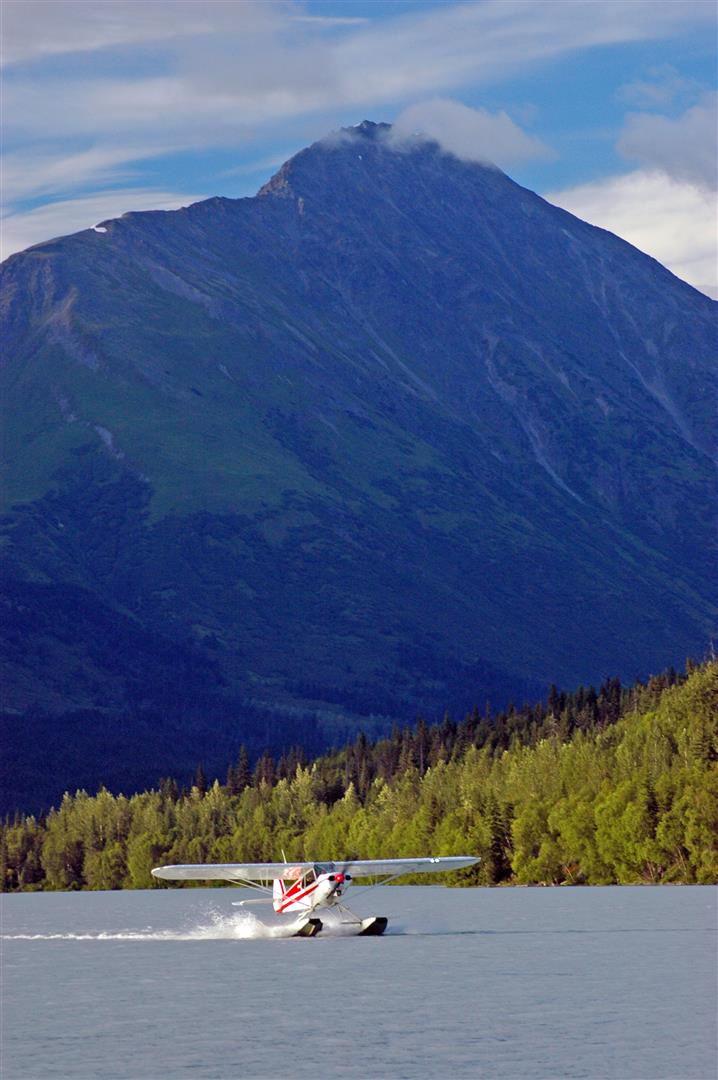
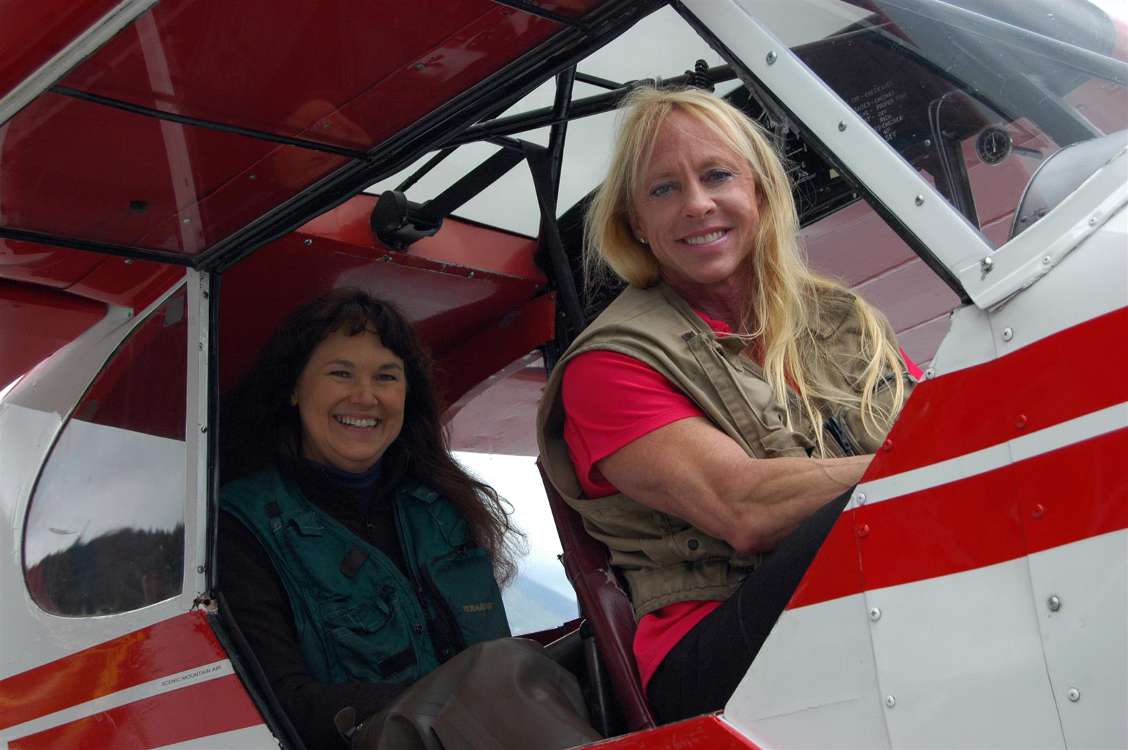
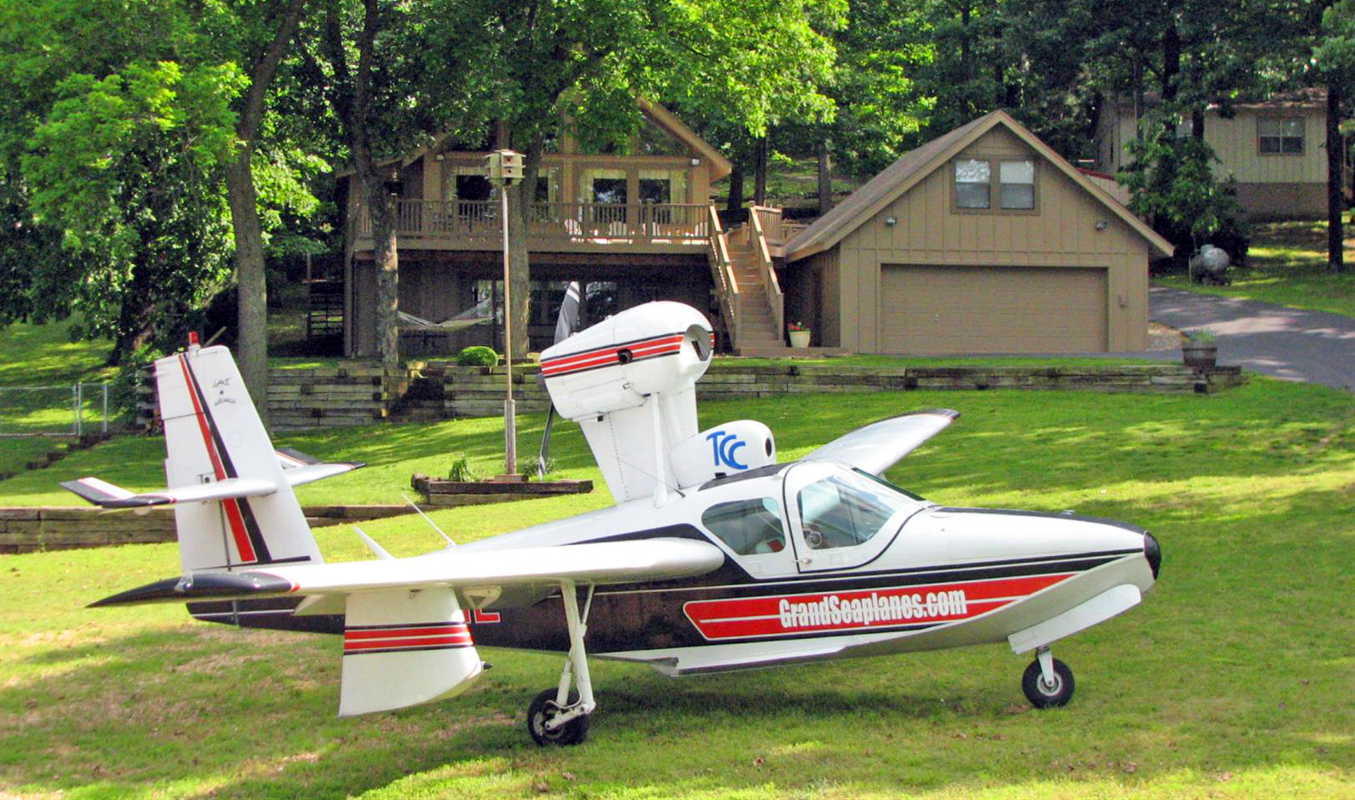
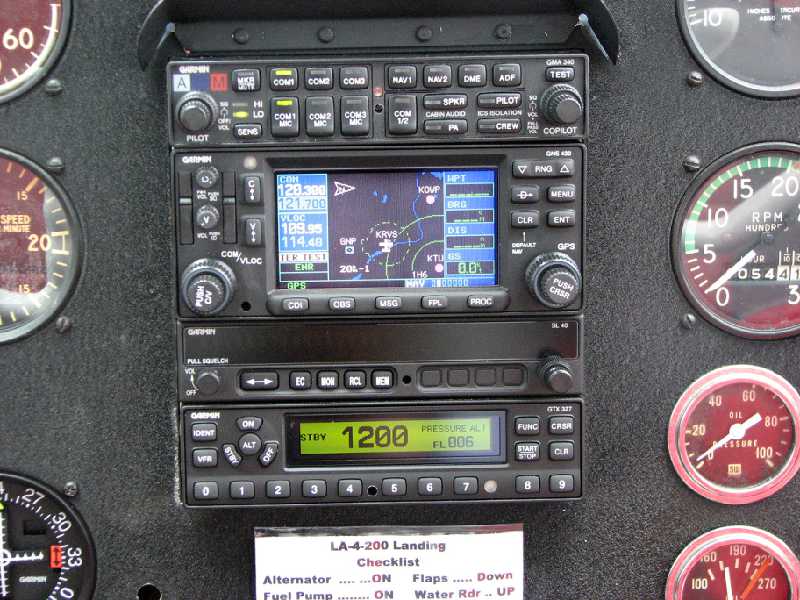
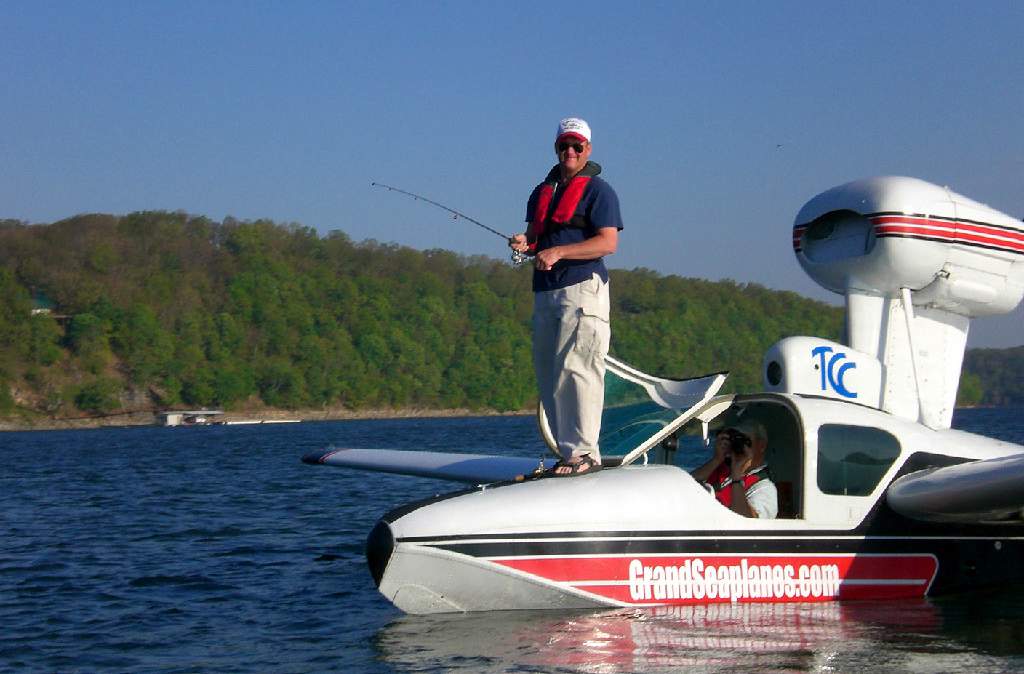

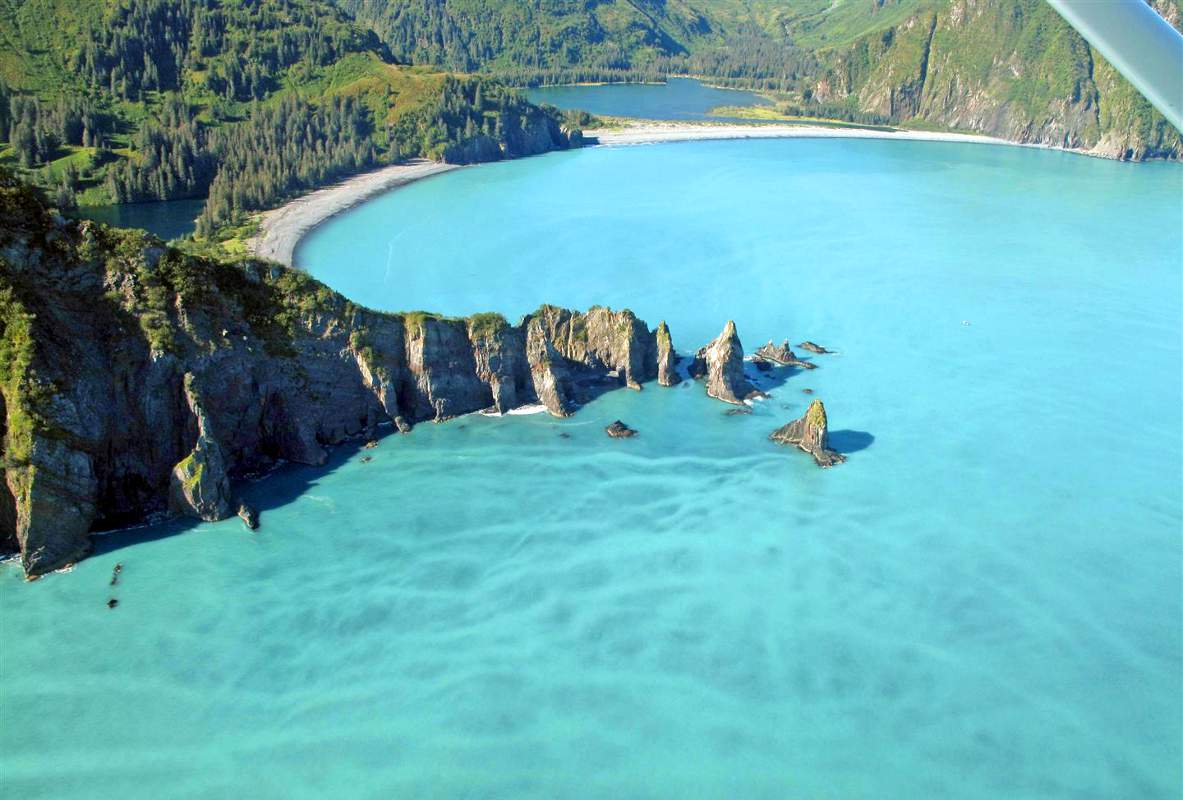
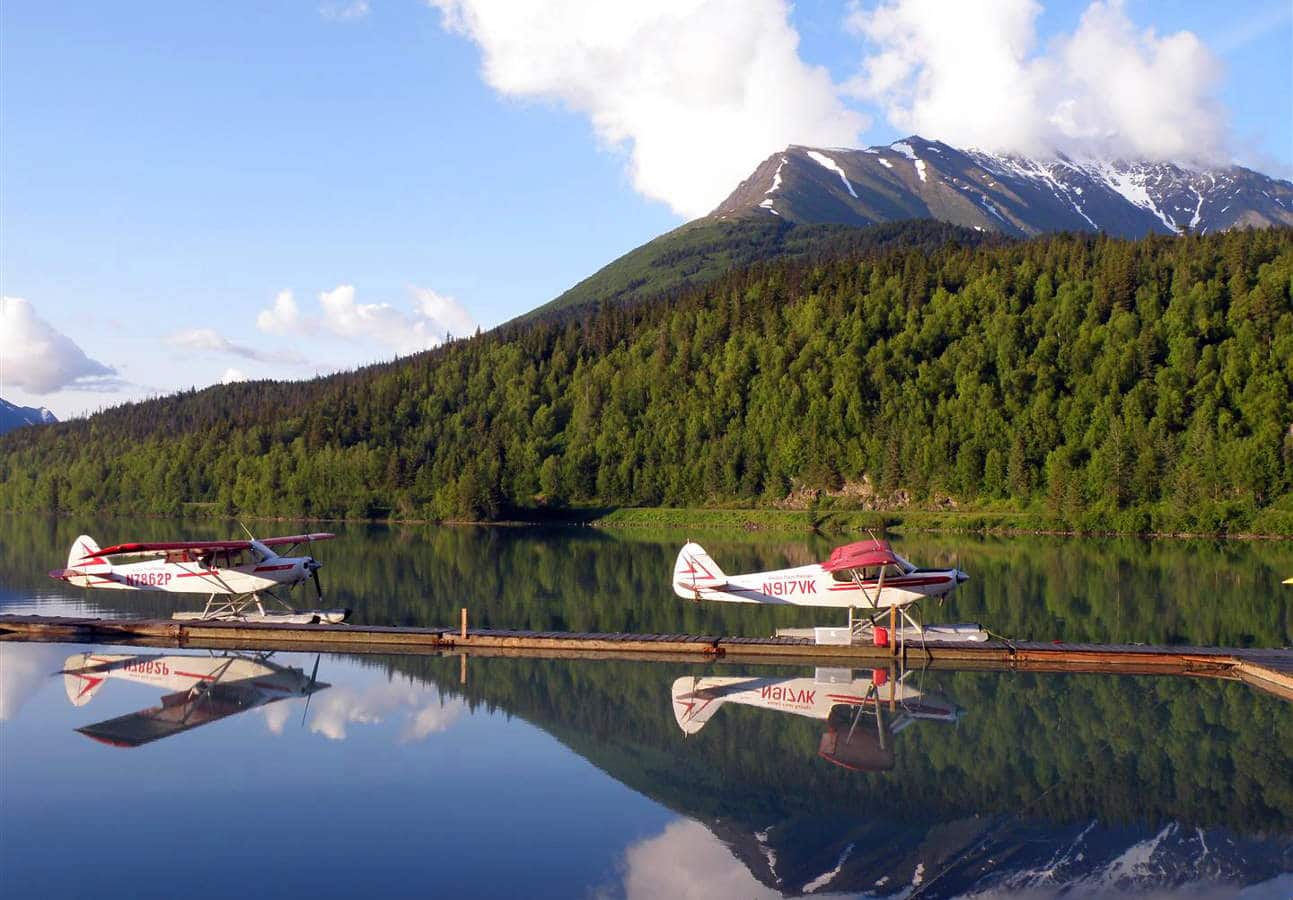
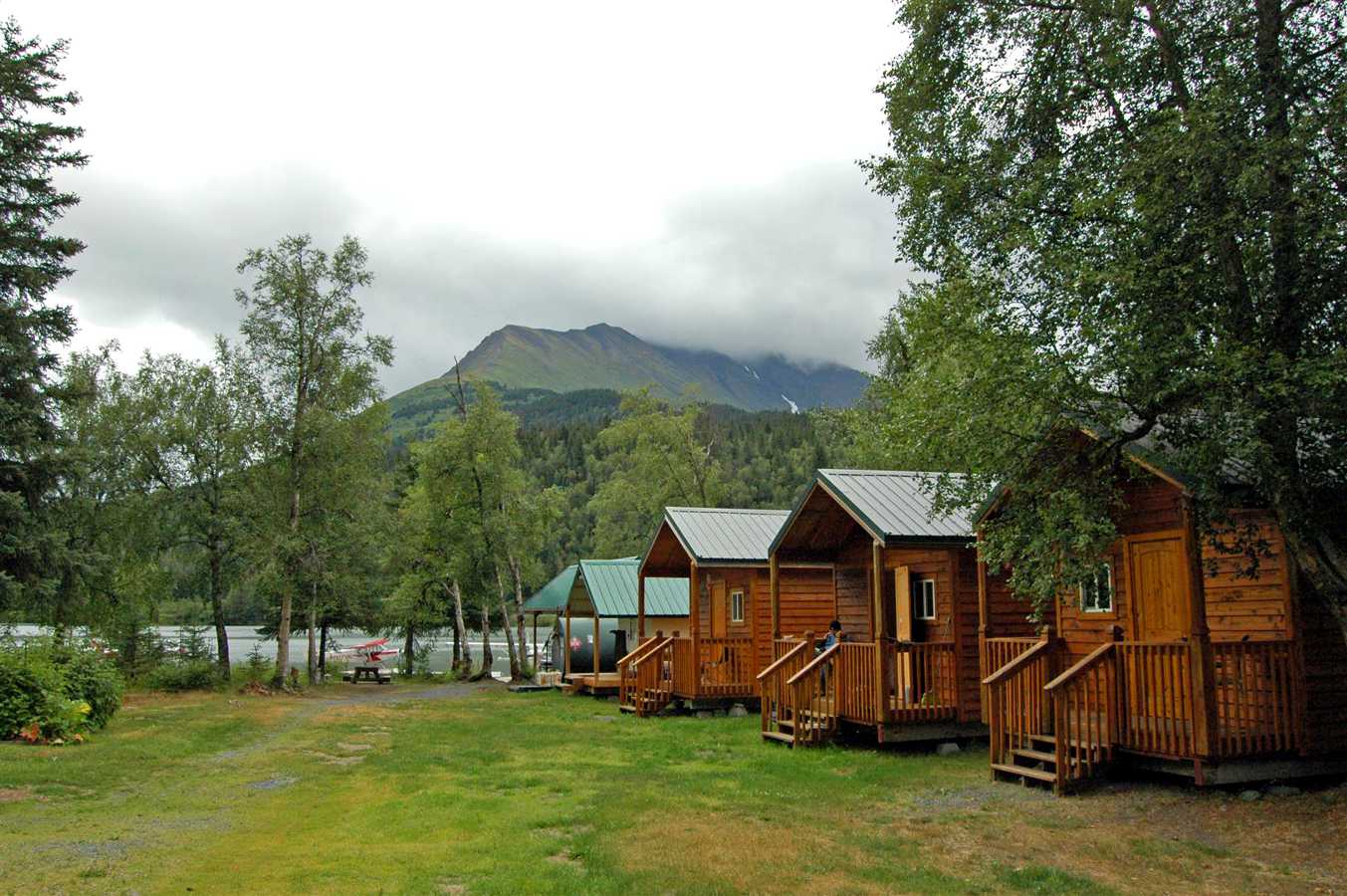
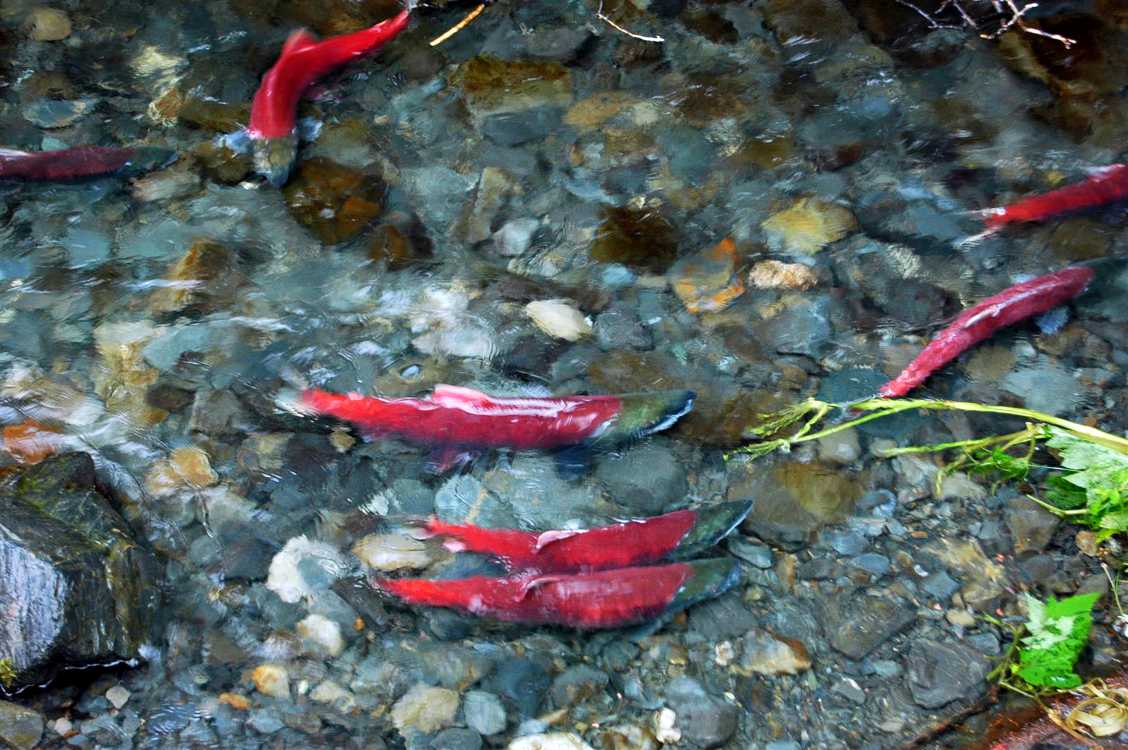

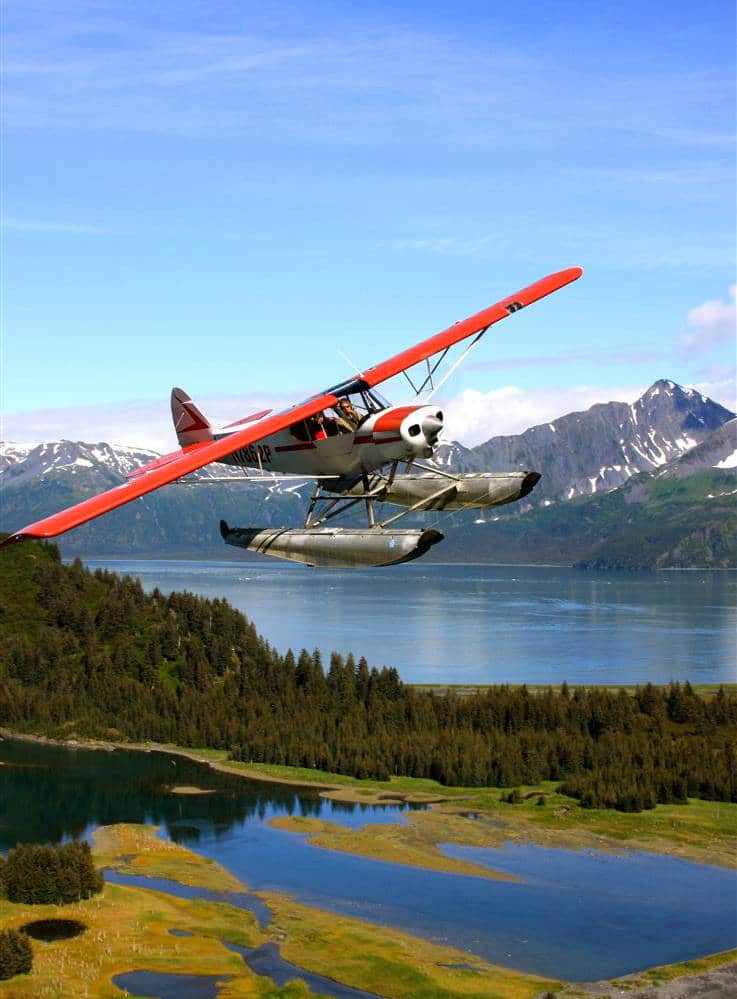
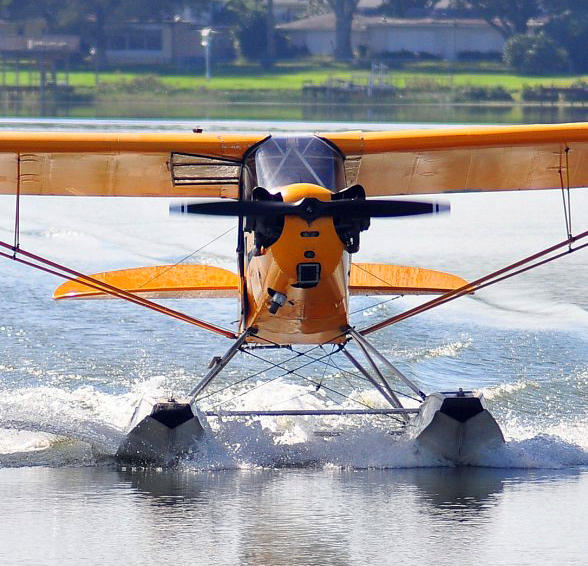
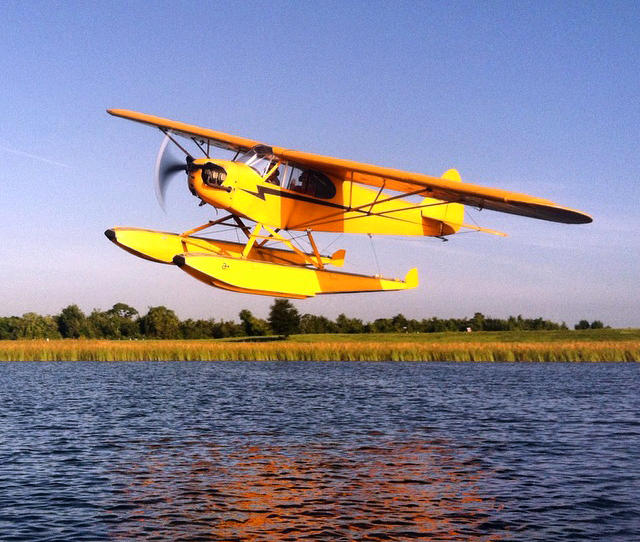

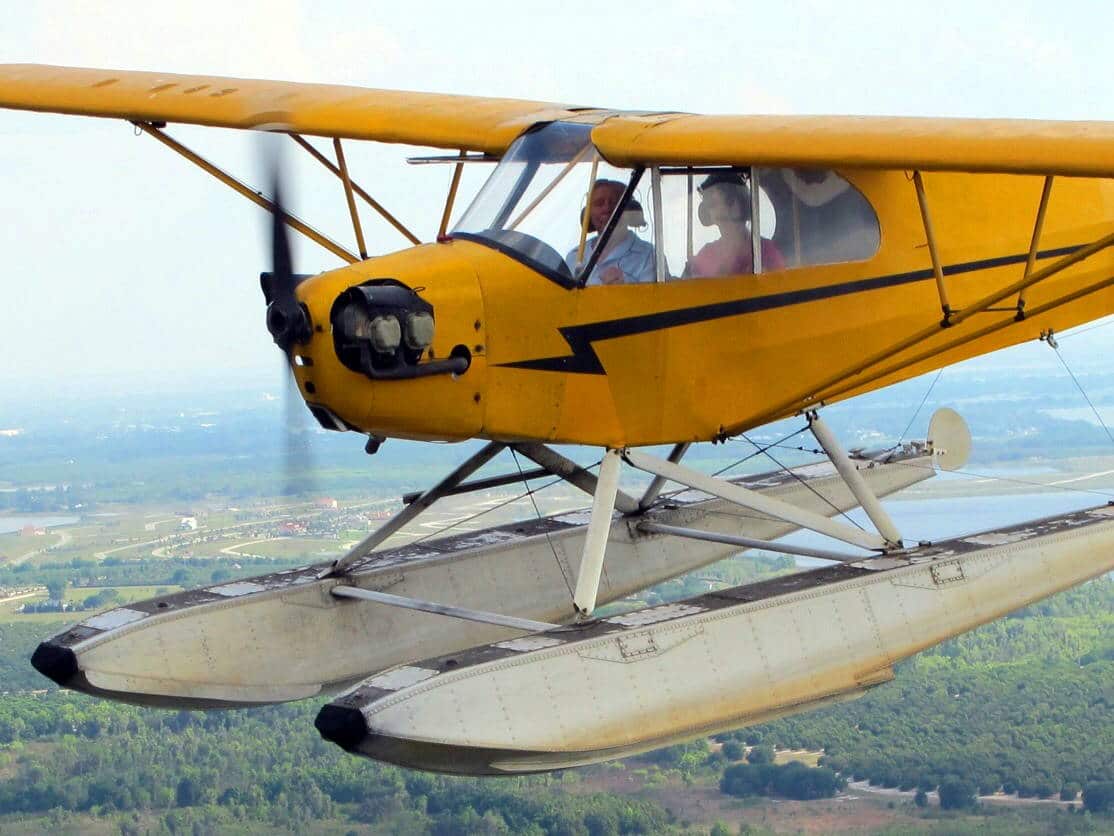

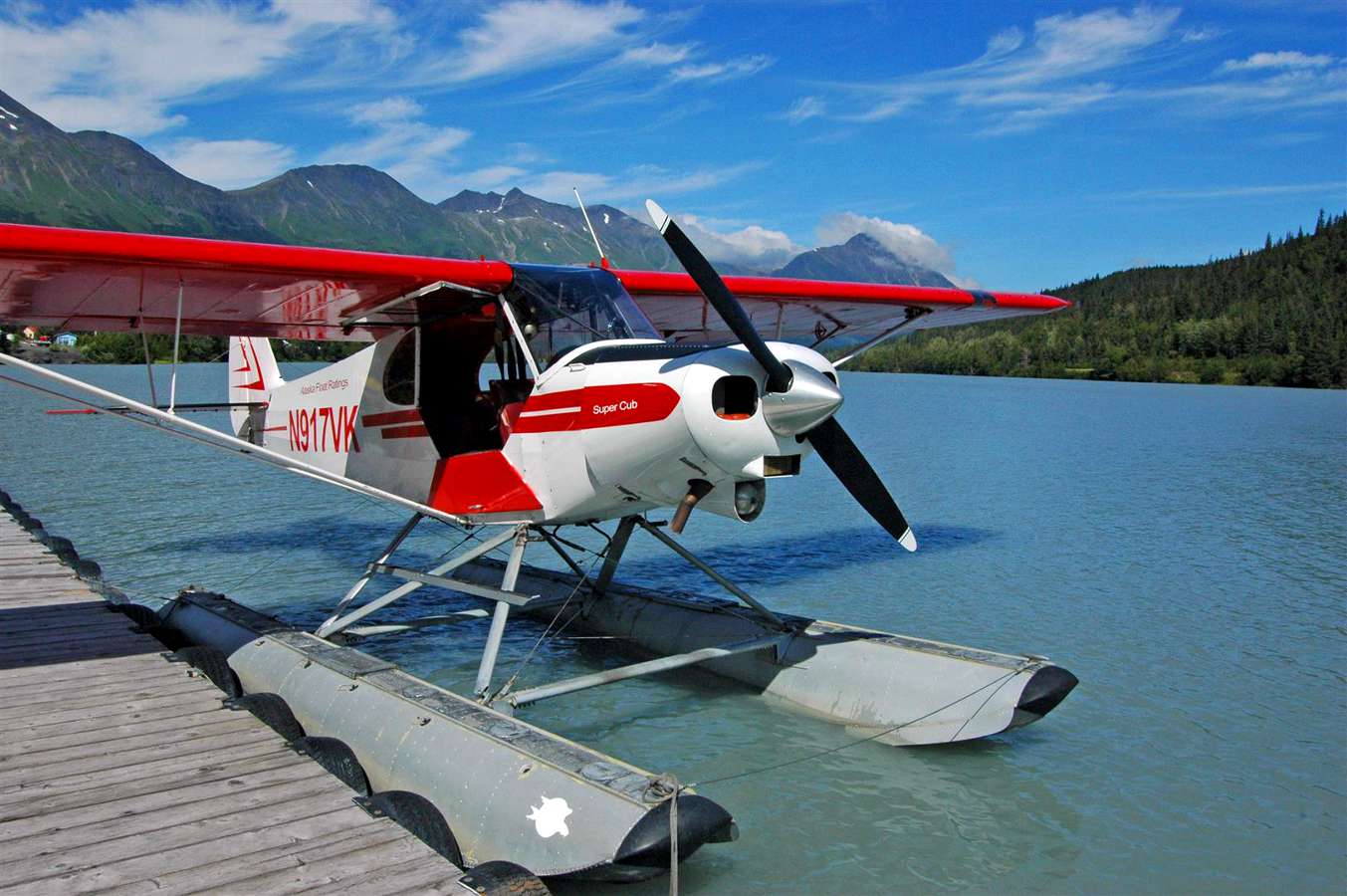







Fantastic experience and fabulous images. AND great writing – thanks for sharing.